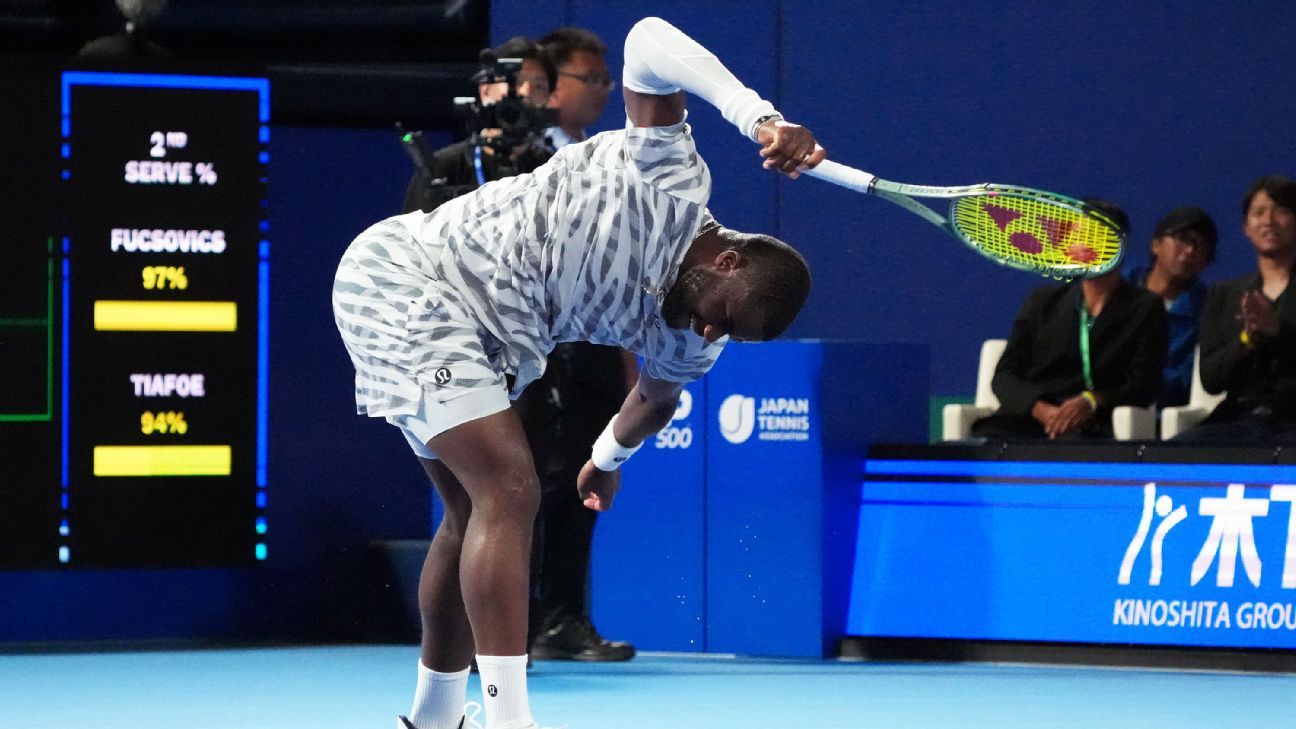Legendary Kannada novelist SL Bhyrappa passes away at 94: Read how his books, from ‘Parva’ to ‘Aavarana’, enthralled readers for several decades
Well-known Kannada writer and Padma Bhushan awardee SL Bhyrappa passed away on Wednesday, 24th September, at the age of 94. He took his last breath at Jayadeva Memorial Rashtrotthana Hospital and Research Centre in Bengaluru. SL Bhyrappa had been under treatment for the past three months. On Tuesday, 23rd September, doctors said he suffered a cardiac arrest at 2.38 p.m. He was struggling with age-related ailments for some time and had collapsed during a morning walk a few months ago. He was shifted from Mysuru to Bengaluru for advanced medical care, but despite treatment, his health declined. According to the media reports, his cremation will take place in Mysuru on 26th September, the city where he spent many years of his life. On 25th September, his body will be left at Ravindra Kalakshetra in Bengaluru so that individuals can pay their last respects. Prime Minister Narendra Modi spoke of his profound sadness on an X post. He said, “In the demise of Shri S.L. Bhyrappa Ji, we have lost a towering stalwart who awakened our conscience and penetrated deep into the soul of India. A fearless and ageless thinker, he richly enriched Kannada literature with his provocative works. His work inspired generations to think, inquire and interact more deeply with society.” In the passing of Shri S.L. Bhyrappa Ji, we have lost a towering stalwart who stirred our conscience and delved deep into the soul of India. A fearless and timeless thinker, he profoundly enriched Kannada literature with his thought-provoking works. His writings inspired… pic.twitter.com/ZhXwLcCGP3— Narendra Modi (@narendramodi) September 24, 2025 The Prime Minister also appreciated Bhyrappa’s interest in India’s history and culture and said it would keep inspiring generations. “My heart goes out to his family and fans at this hour of sorrow. Om Shanti,” Modi further added. Early life and career Born as Santeshivara Lingannaiah Bhyrappa in Channarayapatna taluk in Hassan district, Bhyrappa grew up in Hassan and Mysuru districts and worked as a professor of philosophy in different regions of India, such as Gujarat and New Delhi. He had also worked as a member of the National Council of Educational Research and Training (NCERT). He retired as a professor in the Regional Institute of Education (RIE) in Mysuru. Though he toiled as an academic, Bhyrappa’s passion was always to write novels. His literary career started with Bheemakaya in 1958 at the age of 27. Such is the popularity of Bhyrappa’s books that his first novel is still being reprinted and sold. In the next sixty years, he wrote 25 novels, and his last book was Uttarakanda (2017), a retelling of the Ramayana from the women’s point of view. Post this, he declared his retirement as a writer. Bhyrappa was the most popular and best-selling Kannada novelist. His novels have gone into several editions, and even his first novels are continuously being reprinted. His popularity was not confined to Karnataka as all his novels have been translated into several Indian languages, English, and even European languages. Among his most famous works are Vamshavriksha (1965), Gruhabhanga (1970), and Parva (1979), which is a retelling of the Mahabharata. He received the Saraswati Samman award for his novel Mandra (2001) in 2010. He received the Padma Bhushan in 2023. Aavarana: One of his masterpieces One of Bhyrappa’s most controversial novels was Aavarana (2007). Written after years of research, the book challenged the way India’s medieval past, the Mughal era, had been dealt with in school books and public discourse. He believed numerous unpleasant truths had been “imposed” in the interests of secularism. The novel tied these debates in history to contemporary concerns such as interfaith marriage, religious liberty, and identity. Although critics charged Bhyrappa with being anti-Muslim and politically motivated, his fans greeted the book as a courageous endeavour to counter “whitewashed” history. Controversy notwithstanding, Aavarana became a bestseller and was translated into several languages, and it is one of the most debated novels of contemporary Indian literature. Parva, a different picture of the Mahabharata Another of Bhyrappa’s signature writings was Parva (1979), regarded as his masterpiece. It repaints the image of Mahabharata, not as a mythological tale with gods intervening at every turn, but in realist tones based on human conflict and psychological tension. In removing gods and miracles and painting Mahabharata characters as humans, Bhyrappa rendered the epic as a historical and social chronicle. The book delved into the interior lives of legendary figures such as Bhishma, Draupadi, Karna, and Krishna and portrayed them as human beings stirred by ambition, suffering, personal trauma and ethical conundrums.



Well-known Kannada writer and Padma Bhushan awardee SL Bhyrappa passed away on Wednesday, 24th September, at the age of 94. He took his last breath at Jayadeva Memorial Rashtrotthana Hospital and Research Centre in Bengaluru.
SL Bhyrappa had been under treatment for the past three months. On Tuesday, 23rd September, doctors said he suffered a cardiac arrest at 2.38 p.m. He was struggling with age-related ailments for some time and had collapsed during a morning walk a few months ago.
He was shifted from Mysuru to Bengaluru for advanced medical care, but despite treatment, his health declined. According to the media reports, his cremation will take place in Mysuru on 26th September, the city where he spent many years of his life. On 25th September, his body will be left at Ravindra Kalakshetra in Bengaluru so that individuals can pay their last respects.
Prime Minister Narendra Modi spoke of his profound sadness on an X post. He said, “In the demise of Shri S.L. Bhyrappa Ji, we have lost a towering stalwart who awakened our conscience and penetrated deep into the soul of India. A fearless and ageless thinker, he richly enriched Kannada literature with his provocative works. His work inspired generations to think, inquire and interact more deeply with society.”
In the passing of Shri S.L. Bhyrappa Ji, we have lost a towering stalwart who stirred our conscience and delved deep into the soul of India. A fearless and timeless thinker, he profoundly enriched Kannada literature with his thought-provoking works. His writings inspired… pic.twitter.com/ZhXwLcCGP3
— Narendra Modi (@narendramodi) September 24, 2025
The Prime Minister also appreciated Bhyrappa’s interest in India’s history and culture and said it would keep inspiring generations. “My heart goes out to his family and fans at this hour of sorrow. Om Shanti,” Modi further added.
Early life and career
Born as Santeshivara Lingannaiah Bhyrappa in Channarayapatna taluk in Hassan district, Bhyrappa grew up in Hassan and Mysuru districts and worked as a professor of philosophy in different regions of India, such as Gujarat and New Delhi. He had also worked as a member of the National Council of Educational Research and Training (NCERT). He retired as a professor in the Regional Institute of Education (RIE) in Mysuru.
Though he toiled as an academic, Bhyrappa’s passion was always to write novels. His literary career started with Bheemakaya in 1958 at the age of 27. Such is the popularity of Bhyrappa’s books that his first novel is still being reprinted and sold.
In the next sixty years, he wrote 25 novels, and his last book was Uttarakanda (2017), a retelling of the Ramayana from the women’s point of view. Post this, he declared his retirement as a writer.
Bhyrappa was the most popular and best-selling Kannada novelist. His novels have gone into several editions, and even his first novels are continuously being reprinted. His popularity was not confined to Karnataka as all his novels have been translated into several Indian languages, English, and even European languages.
Among his most famous works are Vamshavriksha (1965), Gruhabhanga (1970), and Parva (1979), which is a retelling of the Mahabharata. He received the Saraswati Samman award for his novel Mandra (2001) in 2010. He received the Padma Bhushan in 2023.
Aavarana: One of his masterpieces
One of Bhyrappa’s most controversial novels was Aavarana (2007). Written after years of research, the book challenged the way India’s medieval past, the Mughal era, had been dealt with in school books and public discourse. He believed numerous unpleasant truths had been “imposed” in the interests of secularism.
The novel tied these debates in history to contemporary concerns such as interfaith marriage, religious liberty, and identity.
Although critics charged Bhyrappa with being anti-Muslim and politically motivated, his fans greeted the book as a courageous endeavour to counter “whitewashed” history. Controversy notwithstanding, Aavarana became a bestseller and was translated into several languages, and it is one of the most debated novels of contemporary Indian literature.
Parva, a different picture of the Mahabharata
Another of Bhyrappa’s signature writings was Parva (1979), regarded as his masterpiece. It repaints the image of Mahabharata, not as a mythological tale with gods intervening at every turn, but in realist tones based on human conflict and psychological tension. In removing gods and miracles and painting Mahabharata characters as humans, Bhyrappa rendered the epic as a historical and social chronicle.
The book delved into the interior lives of legendary figures such as Bhishma, Draupadi, Karna, and Krishna and portrayed them as human beings stirred by ambition, suffering, personal trauma and ethical conundrums.



























































































































